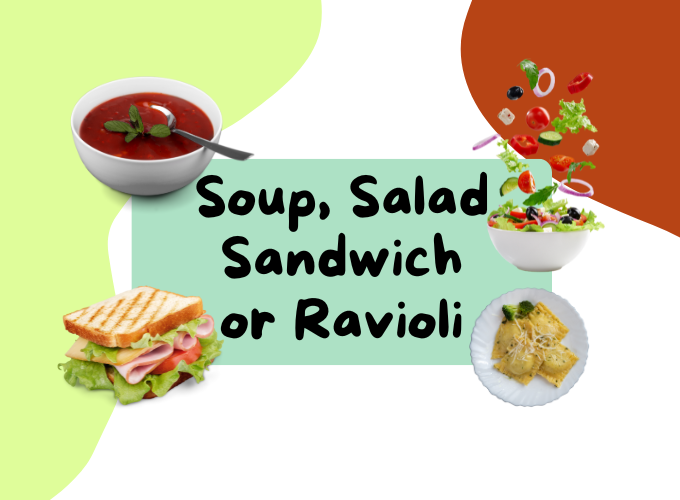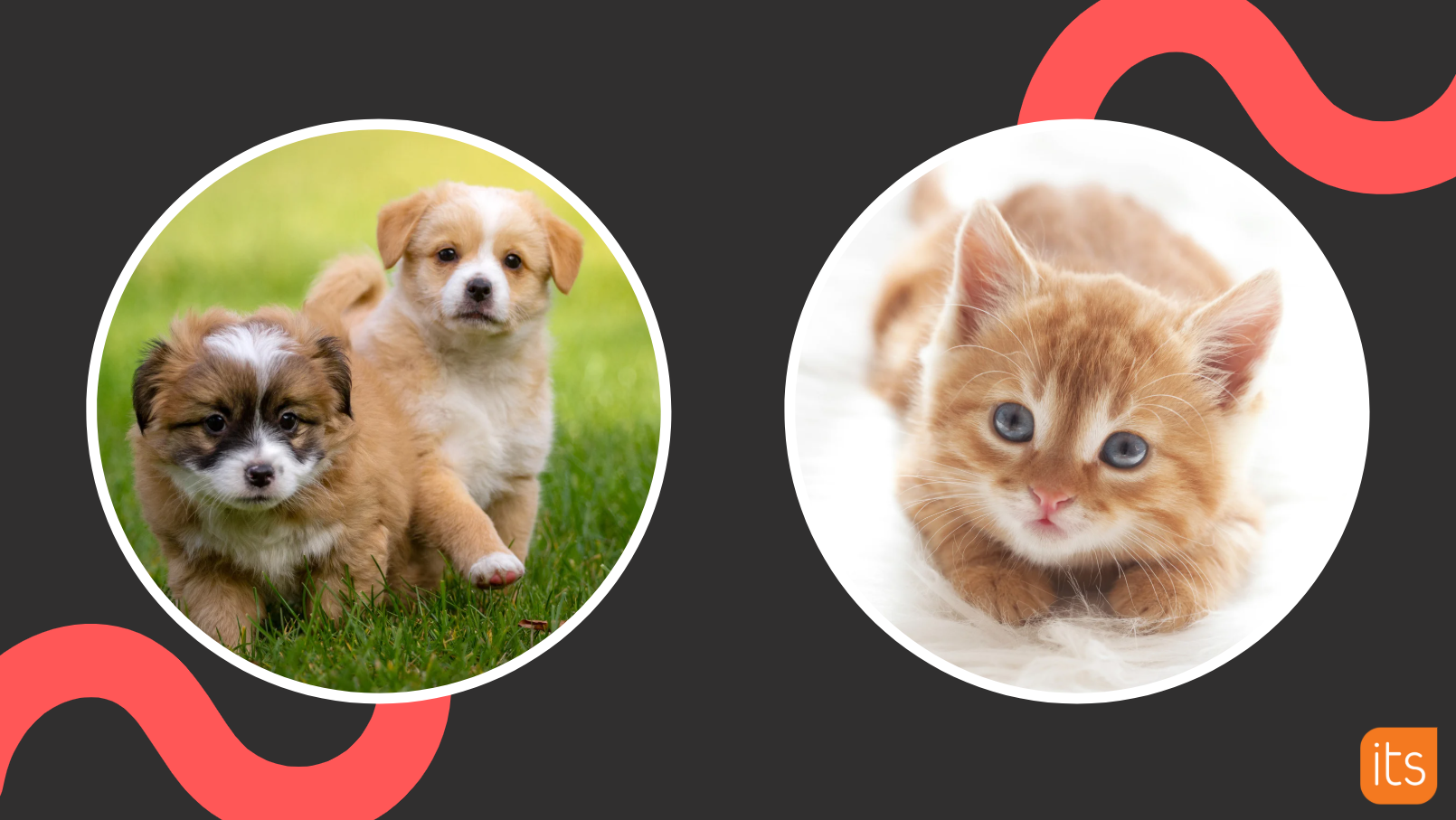Explore customer stories and how our products helped solve problems and meet their needs.

5 icebreakers to kick off the 2025 school year
Translation generated by an AI translation service
Building connections from the start
The first day of school is often full of mixed feelings. There’s excitement, but also a bit of uncertainty. And that goes for educators just as much as it does for students.
You might be wondering how the group will get along, if students will feel comfortable enough to speak up, or whether you’ll remember everyone's names by the end of the day. There’s often a quiet pressure to make a good impression, build trust, and create a welcoming environment from day one.
Whether you're meeting a brand new class or reconnecting with familiar faces, those early moments set the tone for the weeks and months ahead. A good icebreaker can help ease everyone in, spark conversation, and create a sense of belonging in the room and amongst peers.
Here are five simple icebreakers that are easy to run, flexible across age groups, and designed to help your students (and you) start the year feeling a little more connected. You’ll also find options that work well for virtual classrooms.
1. Something about me

Recommended for ages 8+
This is a great low-pressure activity to get your students moving, thinking, and interacting.
How it works:
-
Hand out small Post-its or slips of paper and ask each student to write one interesting or little-known fact about themselves, something no one else in the class is likely to know.
-
Collect the notes and randomly place them around the room.
-
Students then walk around and try to guess who each fact belongs to.
This gets students out of their seats, encourages curiosity, and helps them learn new things about their peers. You don’t have to finish it all at once, either. It’s something you can return to throughout the day or week.
Want something with more energy? Try this variation:
Snowball Fight

Recommended for ages 6+
Same idea, but with a twist. This version is louder, more chaotic, and something the class will definitely remember.
How it works:
-
Give each student a blank sheet of paper and ask them to write three fun facts about themselves.
-
Once they’re done, have everyone crumple their paper into a ball.
-
When you say go, they throw the paper around the room for about 30 seconds.
-
When time’s up, each student picks up the snowball closest to them, reads the facts aloud, and gets three guesses to figure out who it’s about.
It’s messy and silly, but it’s a fantastic way to break the ice and get everyone laughing right from the start.
2. Soup, Salad, Sandwich or Ravioli (virtual or in-person)

Recommended for ages 10+
A light-hearted way to introduce the idea of categories and definitions, and a fun reminder that not everything fits neatly into a box.
How it works:
Ask students to classify various foods or objects as a soup, salad, sandwich or ravioli. The categories are intentionally silly and open to debate, which is where the fun begins.
For example:
-
Is cereal a soup?
-
Is a burrito a sandwich or ravioli?
-
Is a hot dog a salad?
- Is lasagna a sandwich
This sparks hilarious (and sometimes passionate) discussions. You can also encourage students to come up with their own categories or items to classify.
Want to try this in your own classroom?
Download our ready-made Soup, Salad, Sandwich or Ravioli slides to use with your students.
3. Lines & blobs

Recommended for ages 6+
Perfect for getting students moving while helping them discover things they have in common with others.
How it works:
Call out different prompts and have students organize themselves into lines or blobs (groups) based on your instructions. No running - safety first!
Example prompts:
-
Line up in order of your birthdays
-
Form a group(blob) with others born in the same month
-
Line up in alphabetical order by first name
-
Group with people who have the same favorite color
-
Line up by how far you live from school
-
Form a group with others who share your favorite animal.
This activity is flexible for all age groups and can be adapted for classroom size or energy levels.
4. This or that? (virtual or in-person)

Recommended for ages 6+
A simple and visual way to help students express their preferences and see what they have in common with others.
How it works:
Distribute two different colored Post-its or cards to each student, or ask them to use their left and right hands. Then call out “This or That” style questions, and students raise the color that represents their choice. Give everyone a moment to look around and see who shares their pick.
If you’re running this activity online, invite students to share their response by typing “1” or “2” in the chat.
Example prompts:
-
Chocolate or vanilla?
-
Cats or dogs?
-
Would you rather be able to fly or be invisible?
-
Summer or winter?
-
Sweet or salty snacks?
-
Halloween or Christmas?
Want to try this in your own classroom?
Download our ready-made This or That slides to use with your students.
4. Mood collage check in (virtual or in-person)

Recommended for ages 8+
This is a fun and quick way to get a read on how your students are feeling at the start of the day or week. It works especially well in virtual or hybrid settings.
How it works:
Show your students a 3x3 image collage featuring funny animals, expressive memes, renaissance babies, Pedro Pascal reactions, or other mood-based visuals. Each image is numbered 1 through 9. Ask students to pick the one that best matches their mood and either type the number in the chat (if online) or hold up fingers or cards (if in person).
This check-in is light, low-pressure, and a great way to invite emotion into the room without putting anyone on the spot. It also gives you a quick temperature check on how your class is doing.
Want a ready-to-use set of mood collages?
Download our starter pack of mood check-in slides to use in your classroom.
Starting strong
A good start doesn’t need to be big or flashy. Sometimes it’s just about creating a small moment of connection, a shared laugh, or a chance for students to feel seen. These activities aren't about filling time. They're about helping students feel safe, included, and ready to engage.
Whichever one you choose, what matters most is the intention behind it. That first day is just the beginning, and how you choose to start can shape the way your classroom feels for the rest of the year.
Here’s to a strong start and a school year full of curiosity, growth, and connection.
More Inspiration?
Wondering how to kick off the new school year? Our 5 Engaging Activities for the First Few Weeks of School article has great ideas to help with those first few weeks back or even potential future projects!


-1.jpg)